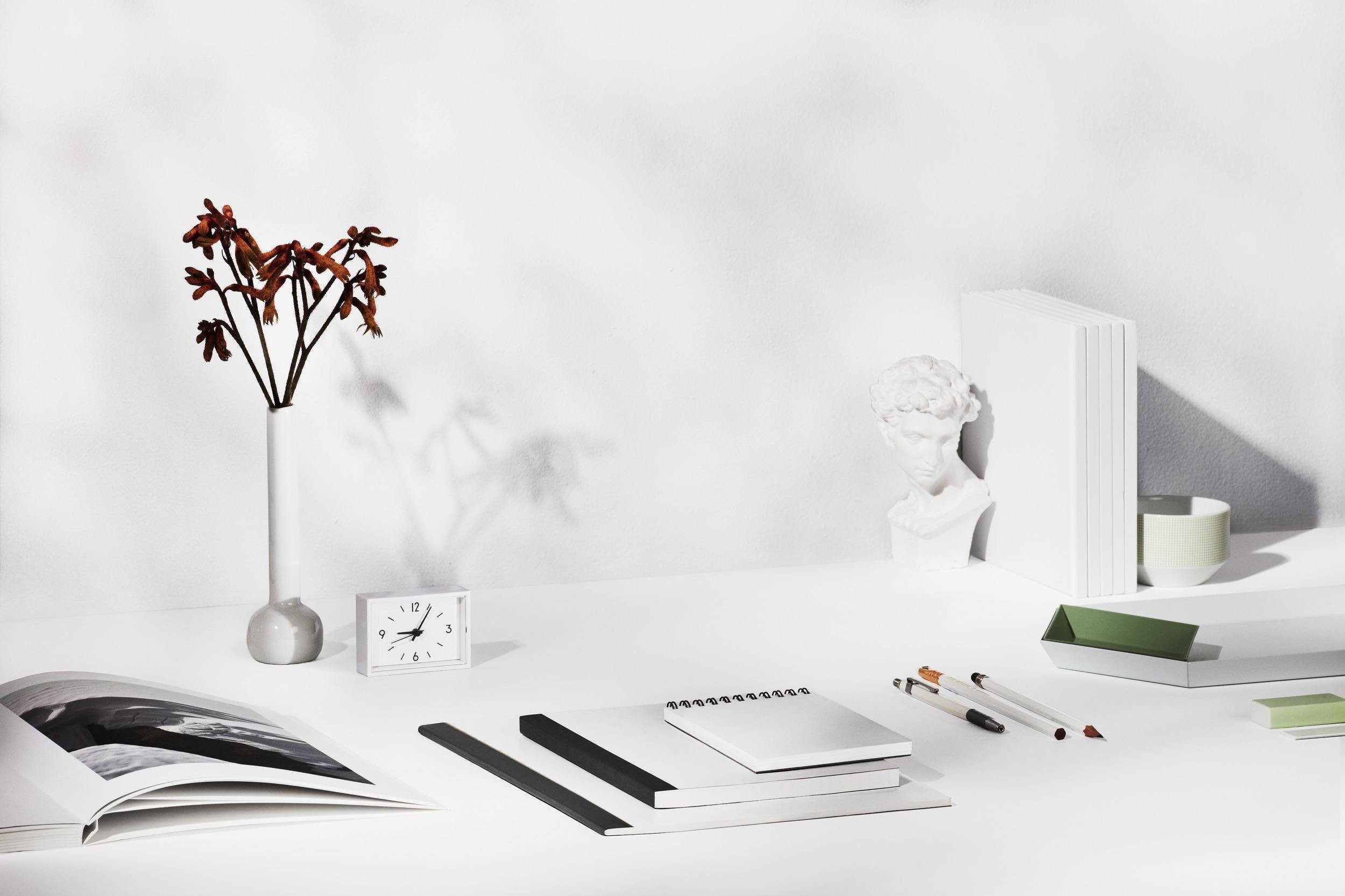清平太極
Pinyin: Qīng Píng Taìjí
Pronounced: Ching Ping Tai Chi
Translation: 清平 (tranquility) 太極 (extreme ultimate)
Taiji vs. Taichi
Taiji and Taichi are the romanization of the same Chinese characters: 太極. The former is the pinyin system which is used by the People’s Republic of China while the latter is a loose form of the Wade-Giles System. Pinyin is used universally and the one I’m most familiar with, thus my preference for “Taiji” over “Taichi.”
What is 太極
Taiji (太極) or Taijiquan (太極拳) is a Chinese martial art known for its slow and graceful movements. It is rumored to have origins that date back approximately 2000 years. However, according to recorded history, Taiji began in the Chen village around the 1600s. Many other styles were developed after but currently there are five main styles of Taiji: Chen (陳) as the father style, Yang (杨), Wu (吴), Wu (武), and Sun (孫).
Taiji is translated as the Supreme (太) Ultimate (極). These two characters represent the study of Yin (陰) and Yang (陽) philosophy and theory . With the addition of the third character Quan (拳), which represents fist, Taijiquan is known as the physical practice of Yin and Yang. In the West, we colloquially refer to Taiji as the slow-moving exercise that can be seen in the morning practiced by many senior citizens at the local park. However, the practice isn’t limited to just the elderly. Anyone can practice Taiji and reap from many of its benefits. Taiji is known to have many health benefits, such as improved balance and stability, cardiovascular health, psycho-emotional health, and many others. It is known for its ability to harmonize the mind, body, and spirit.
My Story
Family life was interesting during my childhood. Both my brother and I were born in Southern California after my parents immigrated to America from Burma (now known as Myanmar). My parents are Overseas Chinese who raised us in the San Gabriel Valley in Los Angeles. Because there were many immigrant families of Asian and Hispanic descent, I was exposed to a mixture of cultures.
At home, we spoke three different Chinese dialects (Mandarin, Cantonese, and Taishanese) which were intermixed with English and on rare occasion, a sprinkle of Burmese. Our meals mainly consisted of homecooked meals, dinners at Asian restaurants, and the periodic American fast food that Dad bought when mom was too tired to cook.
The mixture of dietary and language cultures made life confusing, and I could not clearly define what was Chinese, American, or some other culture in my younger years. Although the origins of the languages we spoke and the food we ate were undefined, my religious upbringing and cultural values were not. Filial piety was at the core of my upbringing and the Buddhist temple was a familiar space, especially during holidays like the Lunar New Year.
My mother had always wanted to raise her sons as gentlemen and scholars in society. As such, she did her best to stress the importance of education, respect, and culture. She would recite lessons from Buddhist texts and journals to exemplifying how to be a good person. She would give examples from Wuxia stories (martial arts epic novels) where the refined and cultured gentleman would cunningly outsmart his opponents at their own game and effortlessly outmaneuver them in martial combat.
By the time I entered high school, I had the intention of becoming a physician. However, as I neared the end of it, there was a strong pull to find my roots out of the desire to belong. I entered university majoring in Pharmacological Chemistry and started training in Taiji to understand my ancestry and culture. Little did I know that this was the first step that would take me down an unconventional journey. During my time in university, I made a drastic change. I switched my major to Dance to further my understanding of movement and to follow my second passion in dance. As a child, I had always wanted to learn to dance but never had the opportunity. Interestingly, the tools I learned from dance gave me a deeper and more well-rounded understanding to Taiji.
After completing my undergraduate education, I decided to attend graduate school. Unfortunately, the Master of Fine Arts in Dance program I applied for did not accept me. Instead, the universe had other plans and led me to Chinese Medicine for graduate school. With a few hiccups and a massage certification later, I had graduated from the Pacific College of Oriental Medicine (now renamed to the Pacific College of Heath Sciences) with a Masters of Science in Traditional Oriental Medicine and a Doctor of Acupuncture and Chinese Medicine.
While maneuvering through my academic adventures, my training in Taiji became my passion and career. My training started with Jing Jing Evans (also known as the Princess of Taiji in the US). After about two years of instruction from Jing Jing, we both started training under Coach Wei Jinglin. Coach Wei was a former member and coach of the Jiangsu Wushu Team and a graduate from the Beijing Sports University. Under his instruction, my understanding of Chinese culture and heritage grew deeper and more refined.
Coach Wei’s instruction was technically, mentally, and spiritually demanding. Classes usually consisted of refining simple techniques to the degree the body expressed the movements effortlessly. The techniques or sequence of techniques we practiced in class would usually be followed by a lecture where he elaborated on the purpose, reason, and background. Many notes were taken by Jing Jing as I posed as the demonstration dummy. His lectures always felt like a graduate course, which gave me better understanding Chinese culture and gave me a foundation to embody Taiji and its culture.
It has been a long journey to find my roots. After receiving my Doctorates and my extensive years of Taiji training, I feel like I have a better grasp of my Chinese heritage. As I move forward and continue my journey, I want to continue exploring what it means to be an American Born Chinese (ABC) and experience the interplay between Chinese and American culture.

